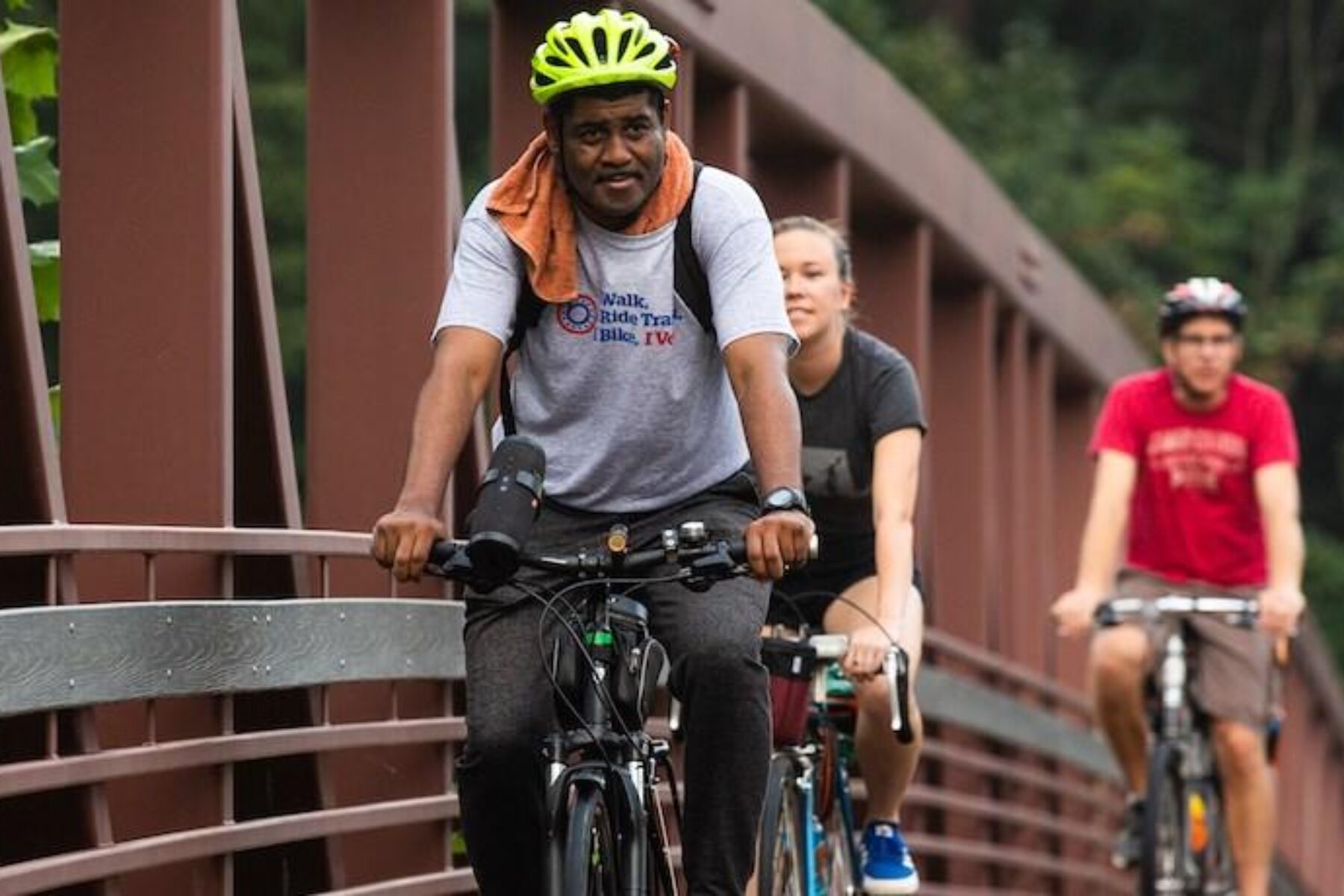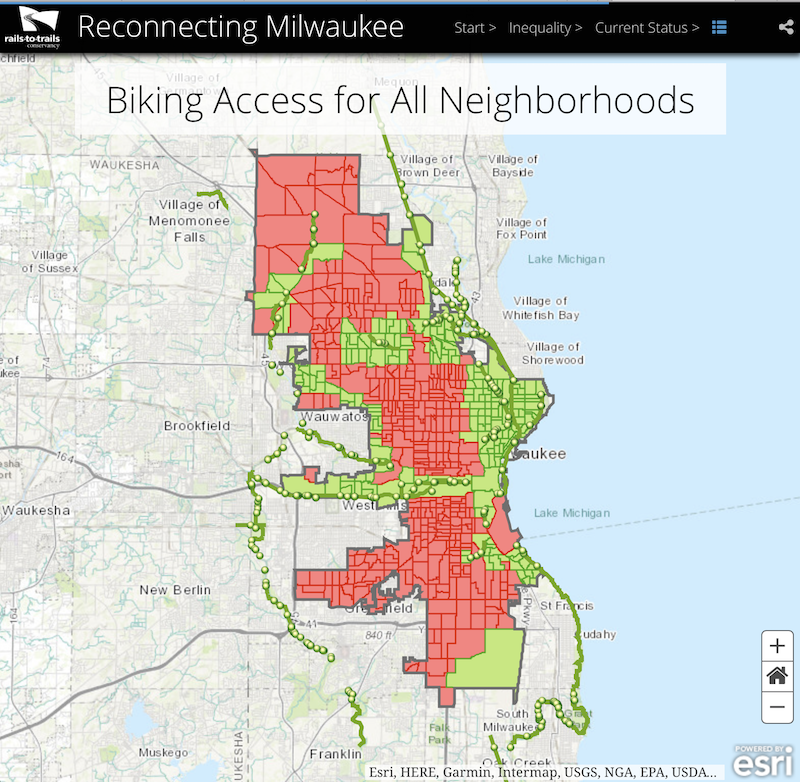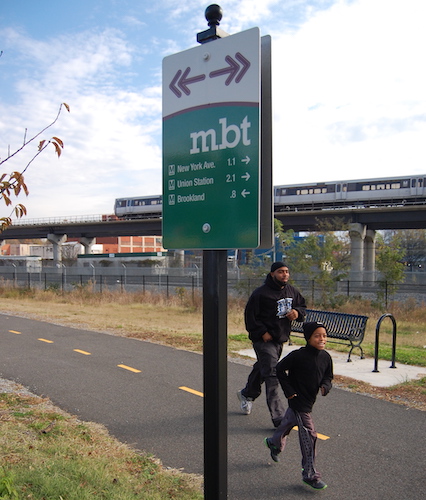What We Mean When We Say We Are “Standing Against Racism”

These are extraordinary times.
COVID-19 has upended our lives, drawing to the surface significant disparities in every corner of our world. Among them, disparities in who has access to quality healthcare. Disparities in who has access to transportation. Disparities in who has safe access to outside, public spaces.
Alongside the pandemic, and arguably amplified by its disparate impact, racism and social injustices experienced by People of Color in our country—especially Black people—have been thrust onto the national stage. In the past weeks, we have seen race be used to intimidate Christian Cooper in Central Park, Ahmaud Arbery murdered while out for a run in his neighborhood, and George Floyd murdered in the street, in broad daylight.
While equity and inclusion have long been fundamental to our work, these acts of violence have made it clear to us that we have much more to do.
When we spoke out in response to the troubling and damaging displays of racism and violence against Black people these past few weeks, we heard from many of you standing in solidarity. But we also got many questions—about the prevalence of experiences of inequity and injustice in the outdoors as well as what we’re doing about it.
Those questions are a reminder that we need to do more. While RTC is not a civil-rights advocacy organization, we cannot fulfill the core of our mission, to create healthier places for healthier people, unless we also stand against racism. From redlining that excluded African Americans from buying homes outside of certain neighborhoods, to highway construction that cut off whole sections of cities and towns, our communities have been shaped by discriminatory planning and policy decisions that still separate many People of Color from opportunity.
While we have been intentional about defining what it means to equitably build trails and connect trail networks, we have not gone far enough to understand the depth of racism that exists in our public, outdoor spaces. While we have worked to elevate equity and inclusion as priorities for building trails, we have not gone far enough to lift up the voices of Black people and People of Color who have experienced injustice in the outdoors. While we value and implement community-driven processes in much of our work, we haven’t done enough to challenge the status quo. We have not done enough to grow the diversity and representation of the trails field—in our own organization and in the movement as a whole.
We, along with many in the outdoor and trail communities, have not done enough. We’re early in this journey, and we need to do more and better. Here’s where we plan to start, but we want this to be an open dialogue. We want to hear from our community about how we can continue to improve and be better. Contact us.
We will use our national platform to elevate Black and Brown voices, experiences and expertise.
We will seek out insights, listen and learn about what’s happening at the intersection of race and the outdoors, and use our reach to share more stories and perspectives. We will, with permission, elevate experiences that illustrate the racism that exists and that needs to be addressed head on. We will explore and amplify the important work being done by Black and Brown leaders in our movement to create transportation and recreation infrastructure that delivers equitable outcomes.
{A THREAD} One of the dangers of this moment for white counterparts in placemaking is to be invigorated to “do something” instead of just picking up the best practices, voices and research of women/black ppl/white allies from the last 5+ years and put that work to work.
— Keith Benjamin (@rkbtwo) June 2, 2020
We will ask the tough questions.
We will apply an equity lens to everything we do, challenging ourselves to reduce disparities in every part of our programmatic work and how we run our business each day. Where voices aren’t represented, we will challenge ourselves and our partners to do more. We need to take responsibility to have difficult and uncomfortable conversations around race, especially in areas of our work where participants are predominantly white. From our work in Baltimore, Milwaukee and the Bay Area, among other places, we know how critical it is to lead with equity principles, organize a representative community-driven process, and design a trail network strategy that will fulfill its potential and meet the needs of the communities these public spaces are intended to serve.

Related: Reconnecting Milwaukee StoryMap
We will ensure that projects are community driven.

While we already place considerable value on the role of representative community-driven organizing to create trail systems that equitably serve communities, we will do more to challenge the status quo. We will build upon our work focused on equitably distributing trails in places like Washington, D.C., Philadelphia and the Lower Rio Grande Valley in Texas, and push to make equitable trail development and community engagement fundamental to the planning of all active transportation projects.
Related: Capital Trails Coalition Equitable Trail Development
We will do what it takes to build a diverse trails movement—from those working in planning and advocacy to those who are using trails.
The trails movement is not nearly as diverse as it could or should be. In our national leadership role, we have a responsibility to do more to ensure our staff leadership and our board are representative, but we also have the potential to build a more diverse pipeline of trail planners and advocates by identifying and supporting the career development of emerging Leaders of Color. We will ensure that our communications and storytelling are representative, and we will use our communications channels to reach a broader, more diverse audience and encourage more people to find and use trails.
We know the transformative power of trails—and their potential as civic infrastructure that connects people from diverse backgrounds and experiences.
When Black and Brown people do not feel safe and welcome in public spaces, we are not delivering healthier places for healthier people. When people’s access to trails and safe outdoor spaces are defined by their ZIP code, we are not contributing enough to creating equitable, inclusive communities.
Trails are invaluable civic assets that connect people and communities in unique ways. As I like to say, trails build trust. We cannot deliver on that potential unless we stand against racism, together.

Donate
Everyone deserves access to safe ways to walk, bike, and be active outdoors.
